Abundant Salmon Essential to Maintaining Steelhead Life History Diversity
This issue covers topics ranging from Pacific lamprey to the value of salmon eggs to steelhead life histories. This is both an exciting and uncertain time for wild steelhead and salmon, and for Pacific lamprey. Lamprey have received increasing attention over the past decade, and in my experience on the Elwha River dam removal project, they were one of the first animals to move upstream past the dams. We now regularly see their juveniles in the smolt traps.
There are two articles on steelhead that offer valuable insight into different aspects of their life cycle and have implications for management. One focuses on the benefit and role of salmon eggs and the other discusses the importance of fry to life cycle and recruitment dynamics. There is also an article on barrier removal that describes the intended and unintended benefits of reconnecting riverine habitats. Last, but certainly not least, I interviewed scientist Rick Williams about his new book -- Managed Extinction -- that dives into the history of salmon and steelhead management and what has and has not worked, and why. The book was written with Jim Lichatowich, who recently passed and was featured in the last issue of The Osprey.
I wrap up the issue with a handful of recent publications on a variety of topics ranging from dam removal to hatchery effects. Two articles also address adverse effects that result from changes in body size with implications for managing harvest and hatcheries.
ALSO IN THIS ISSUE
• Pacific Lamprey a Friend or Foe
• Why Abundant Salmon are Critical to Steelhead and Trout Life History Diversity
• Natural Recolonization of Salmon and Steelhead after Reconnecting a River
• Steelhead Fry and Their Importance to Estimating Capacity
• An Interview with Rick Williams about his New Book Managed Extinction
As some of you likely know, I was recently promoted to President of The Conservation Angler. I’m excited about the opportunity to lead the organization and refine our approach to conservation of wild steelhead and salmon. Unfortunately, that also means I will need to step down as editor of The Osprey. There simply aren’t enough hours in the day for me to take on both jobs. While it was a short run for me, I’m thankful for the chance to contribute to the publication.
I will be replaced by Brian Morrison, a thoughtful scientist and keen observer who lives in Ontario, Canada, but is remarkably knowledgeable about all things salmon and steelhead throughout North American and beyond. He is a close friend and also an ally of wild steelhead and salmon, and he has a deep appreciation for the history of conservation and what has, and has not, worked.
His home-waters in the Great Lakes also offer a unique example of what is possible when steelhead and salmon are introduced and then left to their own devices. I think you will all be pleasantly surprised, even shocked, to learn about the productivity of those highly altered habitats.
In closing, I thank everyone for reading The Osprey and caring about the future of wild steelhead and salmon. Their future and the fisheries they support depends on all of us working in concert.


